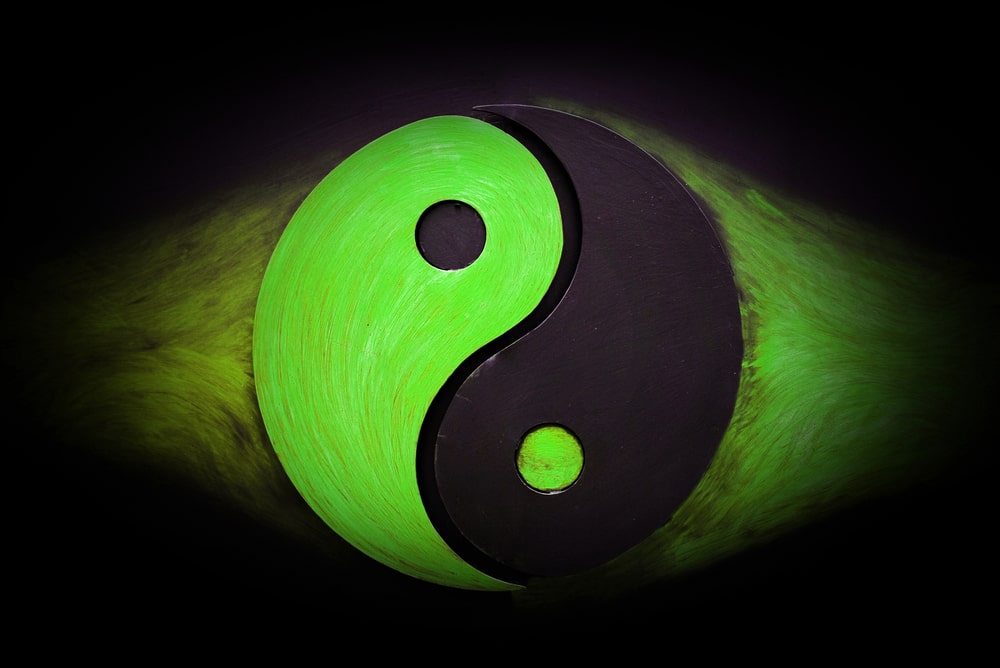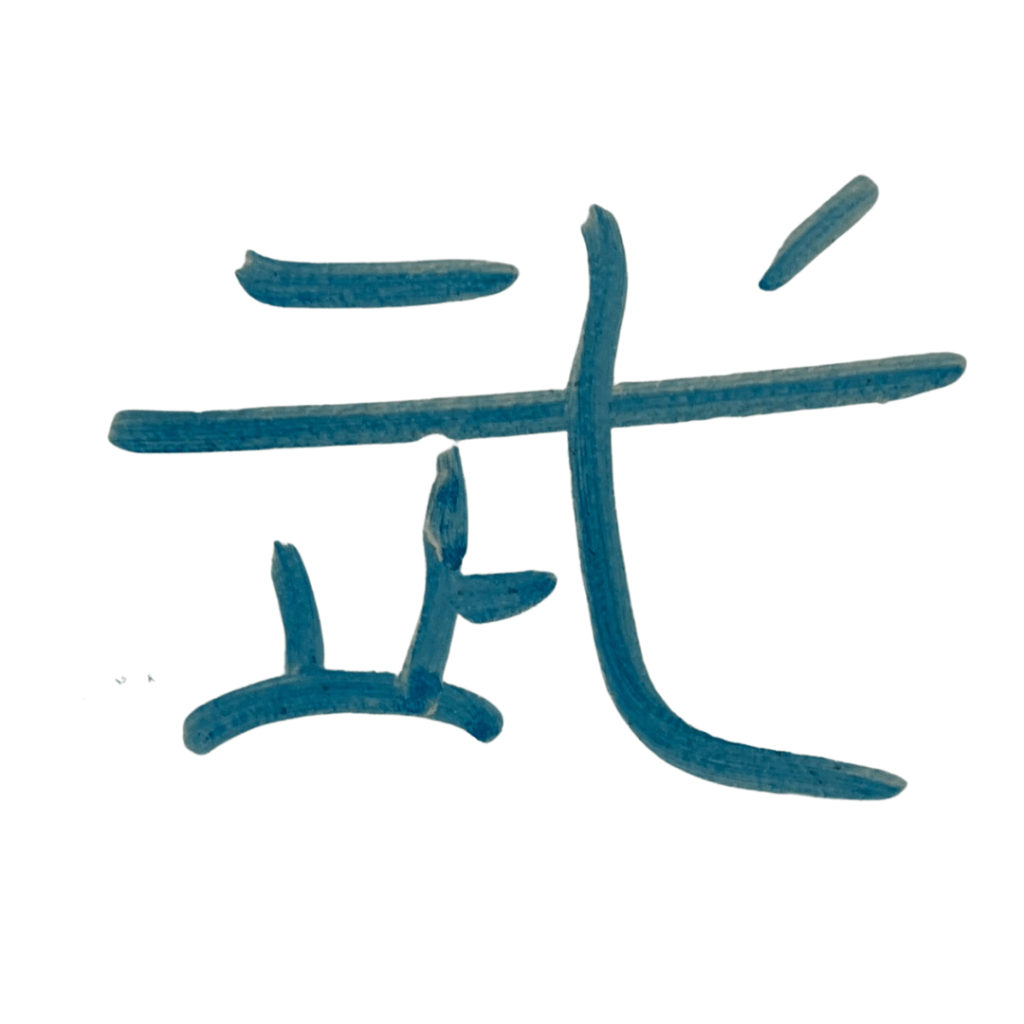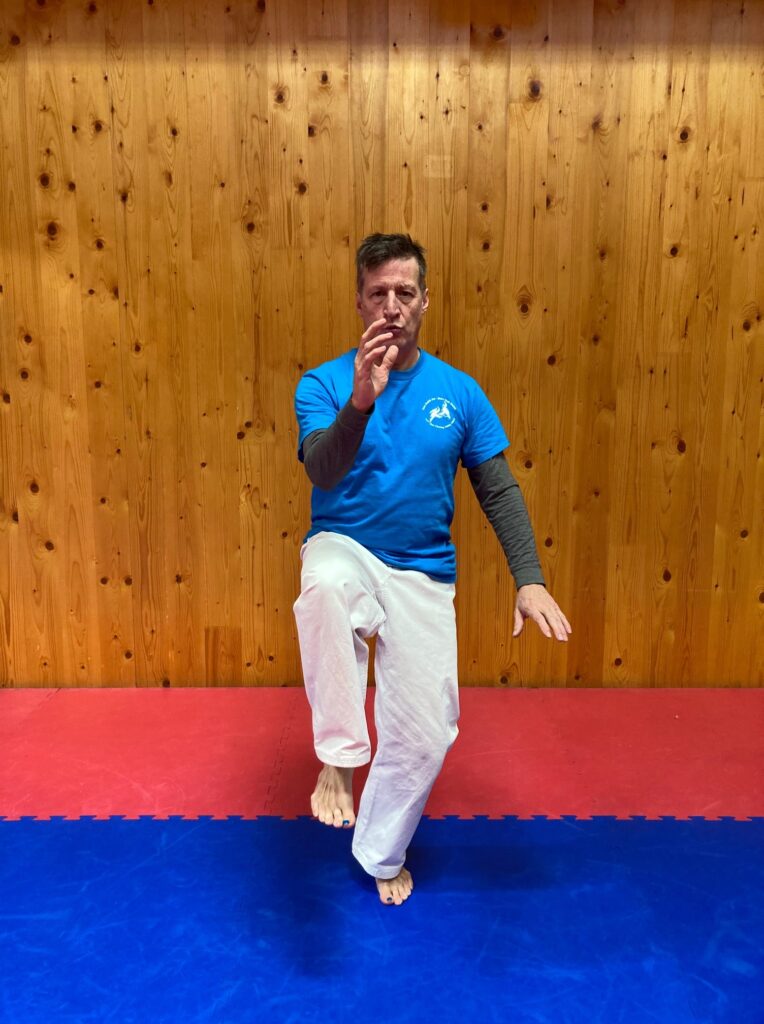Martial arts is a school of study that takes students on a lifelong journey toward improving body, mind, and soul.
People who practice martial arts find that the process challenges them mentally, physically, spiritually, and emotionally.
A lifelong pursuit of martial arts results in a profound belief in self and the marriage of our two worlds: the internal and the external.
In this blog, we’ll discuss how different martial arts schools balance the internal and external and how that process challenges and benefits practitioners.
The Internal and External Balance of Martial Arts
While many think of fighting when they think of martial arts, that is not the spirit of the practice.
In Chinese, the character “mu” actually means “to stop fighting” or to “put down weapons.” Meanwhile, the word “arts” references the skill, beauty, and creativity inherent in the process.
The phrase “martial arts,” then, refers to the skillful balance of all things. It is inherently a peaceful practice that prioritizes equanimity.
As such, all martial arts have elements of both internal and external practices.
Take breathing, for example, which is the easiest way to demonstrate the contrast between these two types of practices.
When you breathe in like you’re smelling a flower and let the air travel gently through your nose and mouth, you’re engaging in an internal practice.
Dilate the nose as you breathe in, then blow out a candle on the exhale, however, it becomes an external practice.
This is just one example of how martial arts balances and brings together internal and external practices.
The Benefits of Internal Practice
Internal arts are often practiced while facing a Northerly direction since the North is the Yin side of the mountain.
On the Yin side of the mountain, growth is slower. It is the shaded side of the hill. This is evident in everyday life, in the way that trees grow moss on the side that faces away from the sun.
The kind of internal practice present in martial arts has many benefits. It can lower blood pressure and decrease the heart rate, even while one is actively moving. This is one of the best indicators of an internal art, finding stillness in motion.
In internal practice, the practitioner recognizes the meditative quality of the mind/body/spirit. Additionally, it’s possible to develop excellent body tone, flexibility, and balance through internal practices present in a soft art like Tai Chi.
That’s because mindful breathing creates a suppleness that starts in the lungs and moves into the heart and mind.
This softer, quieter breath balances more active forms of breathing like those with a loud exhale with the sound of a Ki Hap or spirit yell. This illustrates the contrast between hard and soft or Yang and Yin.
The Benefits of External Practices
Just like there are benefits to internal and soft practices, there are also benefits to the hard styles like Soo Bahk Do, Tae Kwon Do, and others.
These arts provide a very physical approach to training in the arts. They incorporate the fiery Yang breath and movement. These arts also focus on punching and kicking with great force.
By being harder arts, these practices can work to strengthen the body and spirit. A loud battle cry, elevated heart rate, and forceful breathing are all markers of external practice.
And while these can be alluring, it’s essential not to overlook the need for defensive, softer techniques.
Immerse Yourself in Martial Arts at The Sawbuck Do Jang
Martial arts are the antidote to the business and stress of our modern world.
Think of it this way:
It is nice to quiet oneself on a hot day by pouring a little water on the day’s fire.
Ultimately, all great Arts look toward balancing the Water and Fire, the Yin and Yang.
The goal is to develop a practice that allows the cooling and flaming breath to find balance.
At The Sawbuck Do Jang, we offer classes in the fighting art of Soo Bahk Do, the equally traditional arts of T’ai Chi and Qi Gong.
Check out our class schedule for times, age groups, and types of classes here: class schedule.
Contact us today to learn more about how we can help you start a journey toward physical serenity.



